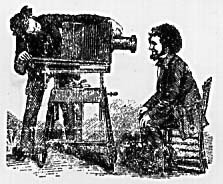Persepolis chronicles the young life of Marjane Satrapi, the author, growing up in Tehran, Iran during the Islamic Revolution. Satrapi not only describes the political and social events that occured during her time there, but she adds her own flair to the graphic novel through comedy and her interesting graphic style. Satrapi was raised in a progressive environment; her parents were Marxists, and many of her family members have been jailed or executed due to their political views. She grows up wanting to protest the war just like her parents, and she does this in her own way as she grows up. Eventually, after their neighborhood is bombed, Satrapi's parents decide that it is best for her to move to Vienna, Austria to continue her schooling away from turmoil. She does this, sad that her parents will not come to live with her.Persepolis 2 begins with Satrapi's life in Austria. Although she makes friends there, she still feels like an outsider and misses her family and homeland. After she graduates from high school in Vienna, she returns to Iran. She gets married, begins to study art at a university, and divorces. She decides that Iran is not where she should be either, so she departs again.
Some important themes present in both Persepolis books are class conflict, power and political struggles, and the search for one's identity.
The visual style of these graphic novels includes deviation from the standard 9 panel layout, long and ominous shadows, and the frequent use of black background for panels instead of white.

No comments:
Post a Comment